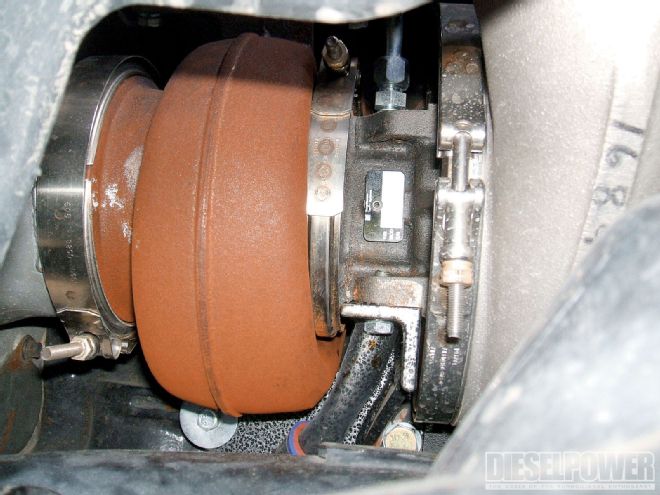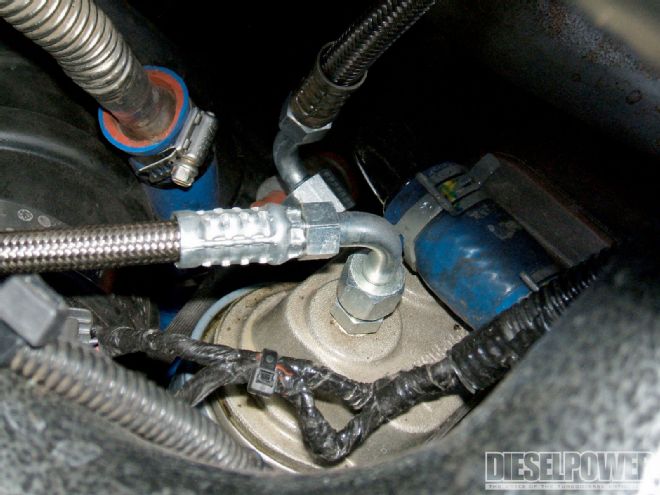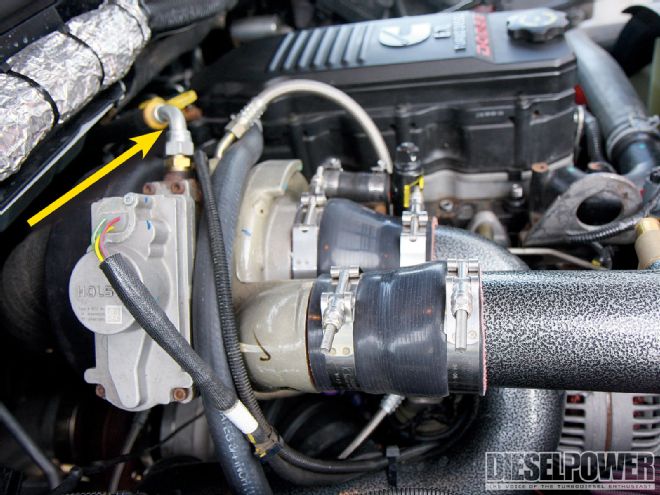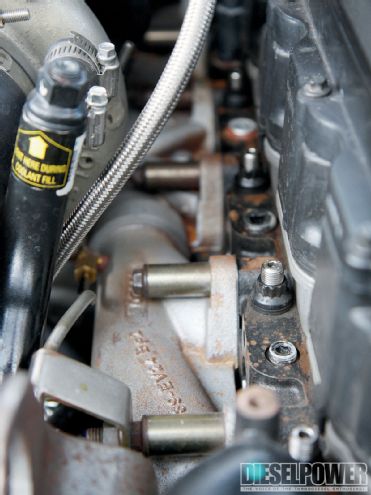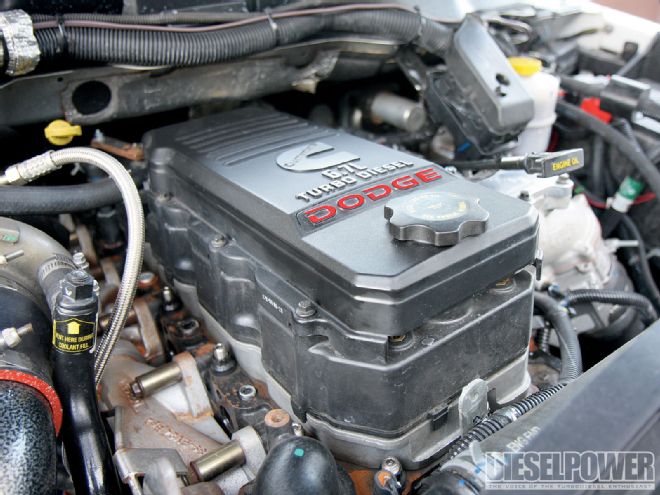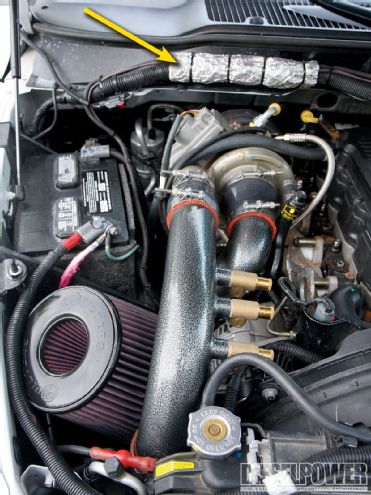Towing Twins For The 6.7L Cummins
The aftermarket was slower to embrace the 6.7L Cummins than its 5.9L predecessor for several reasons. The most important being its host of emissions equipment (EGR, DPF)-as removing them voids warranties and sends a brand-new truck into the unknown. And let's face it, most of the time, owners of $50,000 trucks aren't always willing to go there right off the bat. Another performance hindrance comes from the new Cummins mill's rather finicky computer system, which made turning it up electronically not only difficult, but in some cases, an iffy practice for the end user.

| 1010dp Towing Twins For The 67l Cummins 2009 Dodge Ram Engine Bay
While the variable nozzle turbocharger (VNT) technology found on the 6.7L Cummins is very effective in stock applications, it becomes overly restrictive and a major limiting factor when higher-horsepower levels are sought. The fact that it's not wastegated and rather small in size has also led to a lot of excessive drive pressure and blown head gasket issues. In fact, when 6.7Ls are modified, the stock turbo's drive pressure-to-boost pressure ratio can climb as high as 3:1 (1:1 is ideal). This could spell disaster.
We recently hooked up with some companies in the aftermarket that are committed to making the 6.7L just as reputable (and powerful) as the 5.9L. If you'll recall, we got our hands on an '09 Dodge 2500 Mega Cab back in February ("Project 6.7," Feb. '10) and turned up the power a little. With the help of Source Automotive, Scheid Diesel, TS Performance, MADS Electronics, and Flynn's Shop, the big Dodge recently laid down 1,225 lb-ft on the dyno. Here's what it took to get it there.
What We Like:
Thanks to retaining the stock VNT turbo, spool-up is instantaneous with Source Automotive's twin-turbo system.
Also thanks to the stock VNT, the factory exhaust brake is still fully functional.
The setup is great for towing, as we saw a peak EGT of 1,400 degrees while towing 15,000 pounds.
